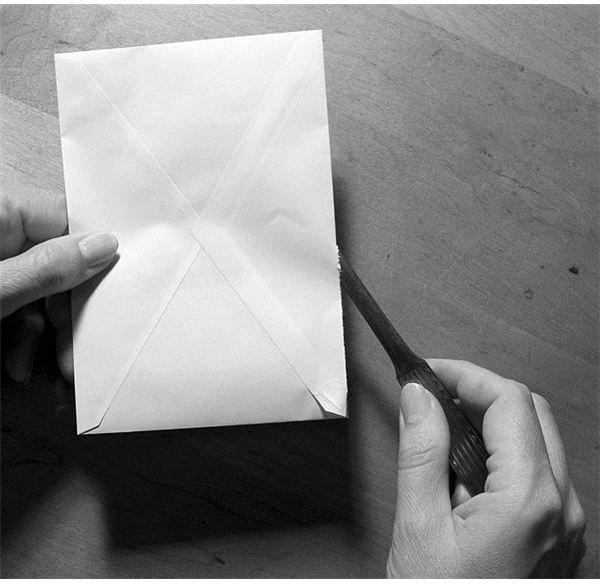Standard Conventions for Addressing a Business Letter
Why the Address Matters
The address, or greeting, sets the tone for the letter. As outlined previously, there are six parts to a business letter. Portions two through four deal with the proper way of addressing it. They are:
- Sender’s address
- Recipient’s address
- Salutation
Learning how to address a business letter ensures that the writer maintains the conventions of a formal piece of correspondence while also determining the tenor of the missive. Make a mistake here, and the odds are good that the writer loses the audience that the letter targets.
Gender Neutrality and Titles
While the sender’s and recipient’s addresses are fairly easy to correctly place onto the letter, the salutation is a sticking point. How should the writer speak to the recipient? Options include:
- Ms., Mrs. or Madam
- Mr. or Sir
As a general rule of thumb, address a female recipient as ‘Madam’ unless her marital status is known to the writer. In the recipient’s address portion, note her as ‘Ms.’ (unless the writer knows her to be a ‘Mrs.’) Follow this title with the full last name of the recipient.
Yet what happens if the business letter recipient holds a title? In this case, the title must be included in the address. Suggestions include:
- Dr. or Prof.
- Dir. or Hon.
- President
A workaround to the use of a title instead of a formal address is the use of the title after the name.
Avoid the use of a first name – unless the recipient and the letter writer have a close business relationship, know one another socially and have had meals together or engaged in other social occasions where the use of the first name has become commonplace. If this is not the case, it is considered a serious social faux pas to address a business person by the first name.
The gender neutral approach allows for the address of a person whose gender is not known or is unknowable. For example, when addressing the head of customer service and it is not possible to get a name, it is acceptable to address the letter “To Whom It May Concern.” If the recipient’s name is gender neutral (i.e. a ‘Pat,’ ‘Chris,’ or ‘C.J.’) it is best to use the full name in the salutation (unless a title is known), such as ‘Dear Pat Cee.’
Punctuation Options
Business writers agree that a colon (:) after the salutation is the agreed upon punctuation of choice. It is grammatically sound and maintains the convention of letter writing. However, there is a bit of wiggle room if the letter writer and recipient are on personal terms; in this case, a comma (,) after the salutation is accepted.
Putting It Together
As an example of this rule, the proper way to address a letter to the head of a human resources department would read as follows:
Mr. Abe Cee, Director of Human Resources
123 Any Street
Any Town, CA 45678
Dear Director Cee:
There are a number of conventions governing the proper way to communicate in the course of doing business. Learning them presents the writer as a professional who is well versed in the fine points of business correspondence. It pays to take a bit of time to explore how to address a business letter properly.
References
- Photo Credit: “Öffnen eines Briefes. Mit Brieföffner, Kuvert und Hand, schwarz-weiß” by Frank C. Müller/Wikimedia Commons via Creative Commons Attribution-Share Alike 2.5 Generic License
